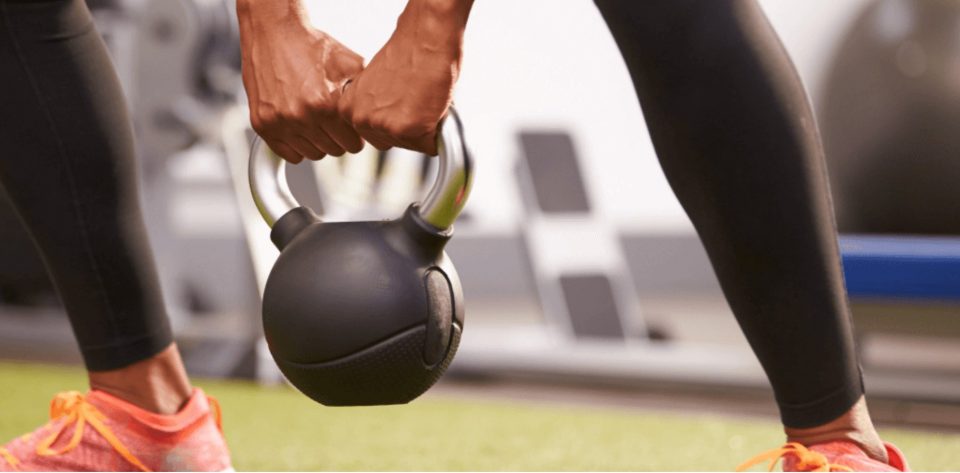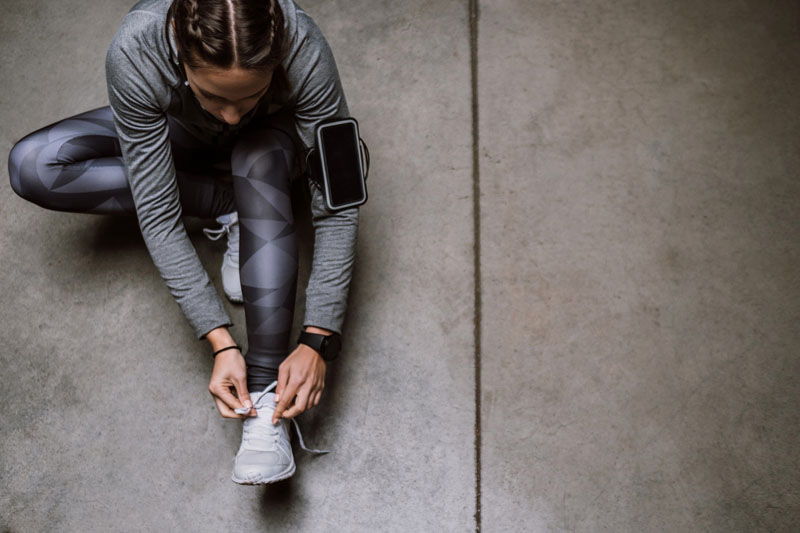BENEFIT OF PHYSICAL ACTIVITY – BABY BOOMERS.
Baby boomers were born after World War II, and through to the early sixties. There was a spike in the number of births during this time and they lived through a unique period where there were widespread government subsidies in post-war housing and education and increasing affluence. As a group, they have been said to challenge traditional values, be more active and physically fit then previous generations and hold the optimistic view that the world would improve in time.
As the baby boomers are entering their late 50-60’s, they are reaching the age where some consideration is required for both Exercise and Health.
There are a host of health benefits provided to the Baby Boomers who include exercise and regular activity into their lifestyle. Exercise reduces the effect of aging by preserving lean body mass. Muscle strength is lost at a rate of roughly 15 percent a year after 50, 30 percent after 70. Maintaining muscle mass helps maintain or increase your metabolism. Exercise, specifically resistance exercise, has a positive effect on maintaining bone density, healthy joints, tendons and ligaments. This helps maintain activities of daily living by improving functional capacity.
Regular cardiovascular training is associated with improved fitness and deduced risk for heart disease, respiratory disease, high blood pressure, diabetes and obesity. Exercise helps reduce the effects of osteoporosis and osteoarthritis; it reduces the risk of falls and improves general mobility. There are known reductions in stress and anxiety that lead to an improved physical and mental wellbeing. Regular exercise provides social interaction, increases in energy and physical endurance while also promoting better sleep habits.
It is recommended that individuals in this group, and beyond, should see a doctor before partaking in an exercise program. While exercise has known benefits, some consideration needs to be taken when prescribing appropriate exercise modes and exercise intensity. Issues that may affect fitness testing, exercise program design and recovery from exercise include medications, current level of health, physical function and past exercise experience.
Appropriate methods of training:
– Cardiovascular training
– Resistance training
– Stretching, function and mobility
– Coordination, balance and fall prevention







